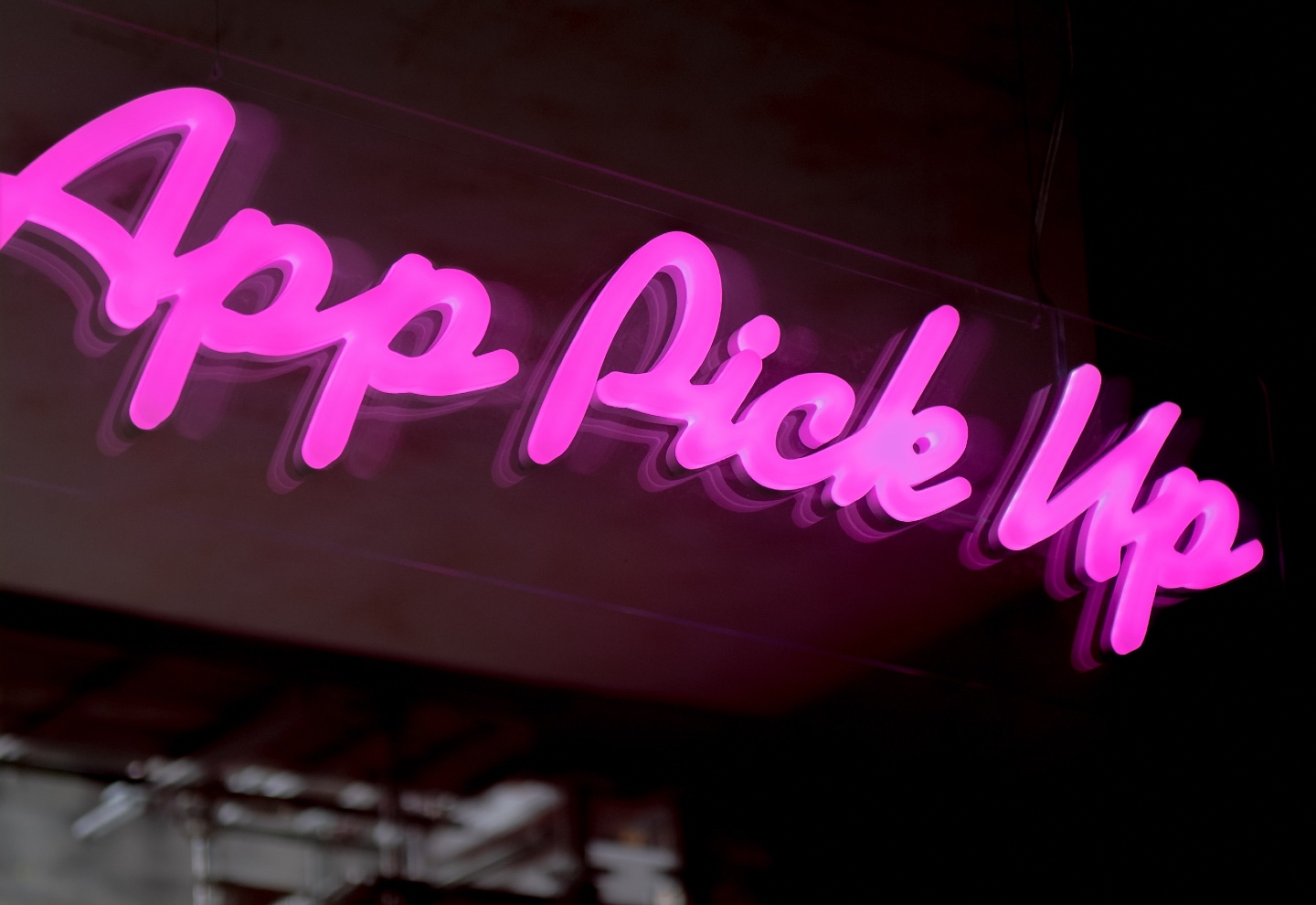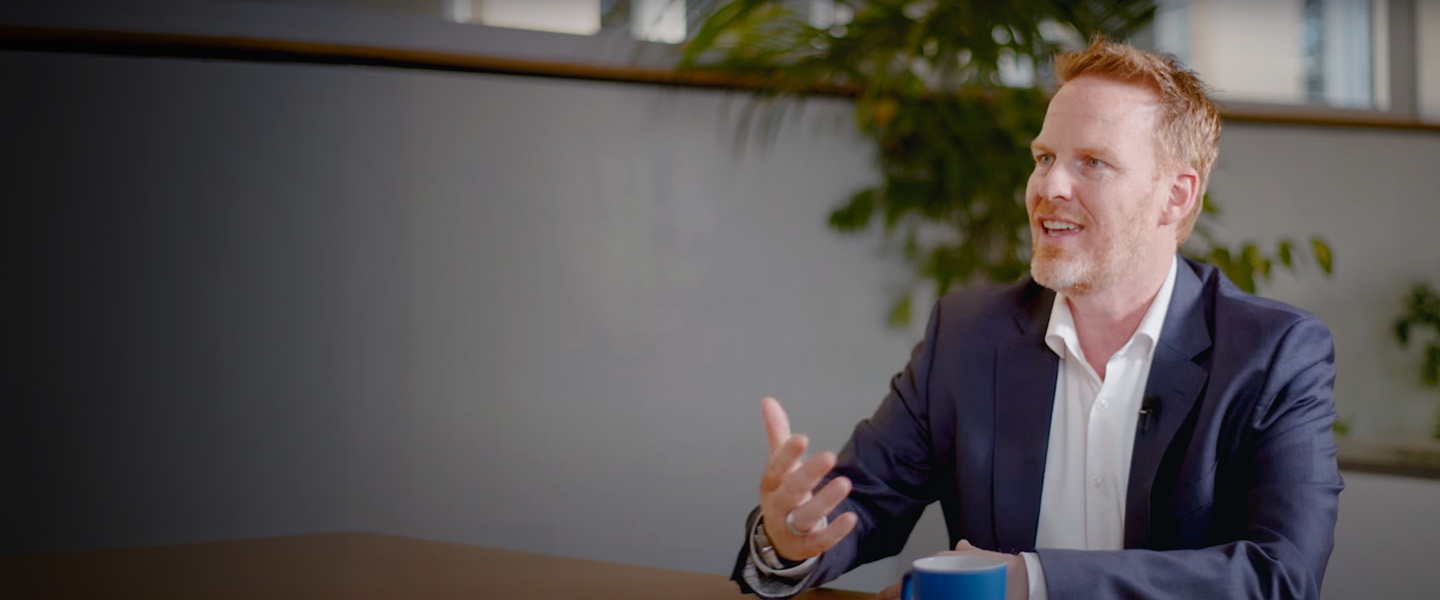
Why omnichannel will define retail in 2021: the surprising comeback of the physical store
In the midst of the COVID-19 pandemic, while most physical retailers were scrambling to avoid bankruptcy, remarkably, one company recorded its best performance ever and a few others returned to positive numbers.
Guess what? The most digitally sophisticated companies were the winners. We know that the pandemic has accelerated digitalization by an order of magnitude; the surprise this year was that the physical store became digital’s best ally to create consumer excellence. The most successful retailers are rapidly learning how to combine the benefits of physical and digital.
Major U.S. retailer Target enjoyed its best ever quarter in Q2 2020, with a sales increase of 24.3% and digital sales soaring 195%. It won market share from all of its physical competitors thanks to the integration of physical and digital – the omnichannel. Target discovered that multi-channel consumers spend four times as much as store-only consumers, and 10 times more than digital-only consumers. Through that period, more than three-quarters of their online sales were fulfilled by their stores, a combination of digital and physical that required seamless supply chain coordination.
Similarly, Zara’s parent company, Inditex, announced a return to profitability in its Q2 (which runs from May to July, rather than April to June) thanks to omnichannel capabilities which grew digital sales by 74% in the first half of 2020, when its competitors were reporting losses. Again, Zara created a smooth combination of digital and physical. It recently announced the launch of three more omnichannel features: Click & Go, Click & Find and Click & Try.
In order to deliver such an immersive customer experience, both companies have spent the last few years developing and investing in their omnichannel and supply chain capabilities (what we call omni-chain). Today, consumers expect to buy on the computer, phone, or at the stand in the store and choose delivery at home, in the store, in a pre-set location or in the trunk of their car. A retailer that cannot do this today loses out on around 10-30% of sales.
A few years ago, the big surprise was that digital consumers were still going to physical stores, if they could choose to do so, to collect their online purchases. When “Click & Collect” was launched, it shocked the industry to realize how many consumers preferred that option. For example, Adidas launched this service in Moscow in 2014 and expected just 10 orders per week. In fact, it got 1,000 orders per week and was forced to stop the initiative because its supply chain couldn’t cope. Two years later, Adidas became a master of those capabilities. The learning at that time was that it required considerable IT and supply chain strength to be able to deliver omnichannel.
Omnichannel is affordable now
That was probably the case until two years ago. Since then, building those capabilities has become cheaper and faster thanks to the rise of potential partners who offer both software and supply chain as a service.
Software companies such as Shopify or Magento make it fast, cheap and easy for retailers to start their journey into omnichannel with their SaaS offer (Software as a
Service), under which retailers only pay per transaction. At the same time, other software companies provide inventory management capabilities and logistics companies like DHL or UPS offer solutions for delivery, pick-up and returns.
Omnichannel means transformation, integration and collaboration
The biggest challenge today in omnichannel – and something that has been exacerbated during the pandemic – is getting the supply chain right. In particular, this means ensuring that the shop plays an integral part in the supply chain to deliver to, and handle returns from, customers. If this is not achieved, most potential revenues are lost. Statistics show that around 80% of consumers that return a product to a store spend the refund in store and, as data from Target implies, an omnichannel consumer can spend 10 times more than a digital-only consumer. Thus, most of the revenues are realized by integrating physical stores in the whole process.
As a consequence, the development of omnichannel requires a company-wide transformation that includes most of the organization’s functions (marketing, stores, selling, supply chain and IT) and that can’t succeed if only one area is in the lead. Typically, companies have an e-commerce initiative that is separated to some degree from the rest of the organization. That’s not omnichannel and the numbers show that this kind of initiative underdelivers by a factor of 10 with respect to a full omnichannel operation.
Through 2020, it has become very clear that consumers expect omnichannel, that its profitability is very high, that software companies (SaaS) to support it have substantially increased their offer and that logistics companies are stepping up to deliver omni-chain capabilities. The biggest challenge is the integration of physical shops and, therefore, the transformation of the whole company.
Today, the best approach is to use the well-known agile development process used in software development by creating minimum viable products (MVP) for testing in limited segments and locations in order to identify consumer preferences and profitability in preparation for scaling up. The advantage is that, with SaaS and 4PL, retailers can do it fast and relatively cheap on the development side. The key is to involve the whole store network (the most difficult challenge) and to find out through the iteration process, which kind of omnichannel offering works best for each retailer’s consumers and which one provides the highest profit.
The race for competitive edge in 2021 has already started. The future will belong to the best seamless experience of digital and physical that retailers can offer – even Amazon keeps developing its physical stores. For consumers, a new retail reality is appearing: easy, fun and omnichannel.
Research Information & Knowledge Hub for additional information on IMD publications
In 2024, the management of Aluminium Cyclo Enterprises (ACE), was concerned that the European Union (EU) export rules for ferrous and non-ferrous scrap were becoming more restrictive. Not just the EU, but close to 43 countries had restricted the e...
Research Information & Knowledge Hub for additional information on IMD publications
Research Information & Knowledge Hub for additional information on IMD publications
Research Information & Knowledge Hub for additional information on IMD publications
Case reference: IMD-2665 ©2025
Research Information & Knowledge Hub for additional information on IMD publications
Research Information & Knowledge Hub for additional information on IMD publications
Research Information & Knowledge Hub for additional information on IMD publications
Research Information & Knowledge Hub for additional information on IMD publications
Research Information & Knowledge Hub for additional information on IMD publications
Research Information & Knowledge Hub for additional information on IMD publications
in I by IMD
Research Information & Knowledge Hub for additional information on IMD publications










